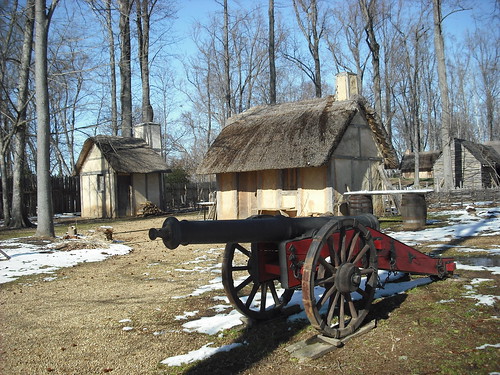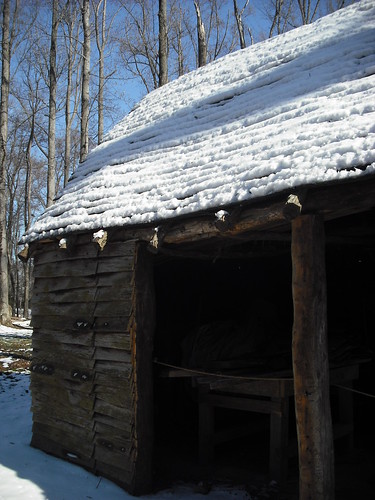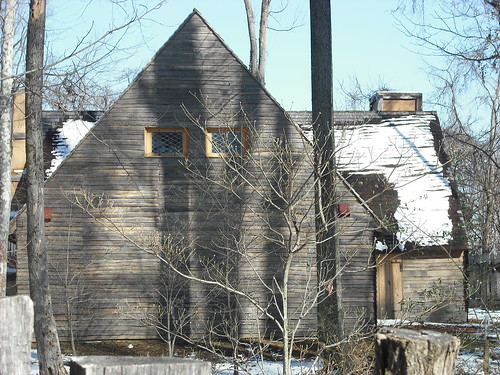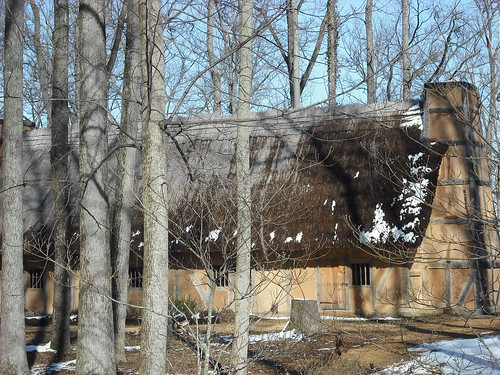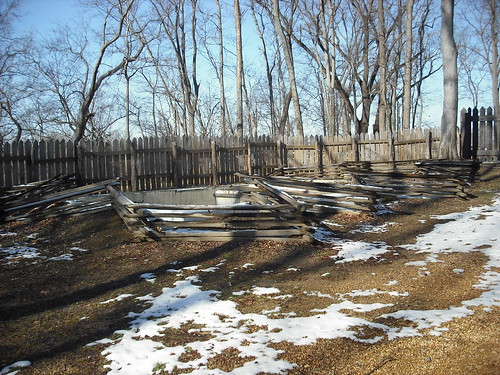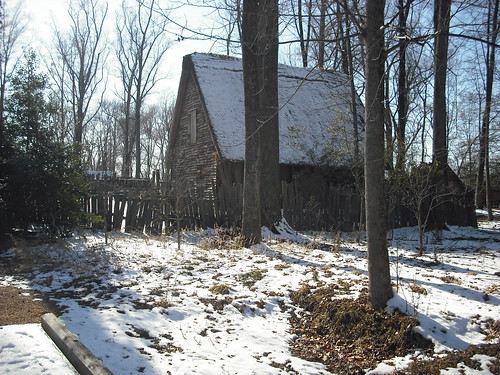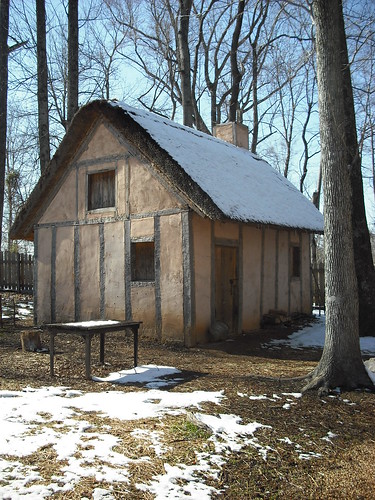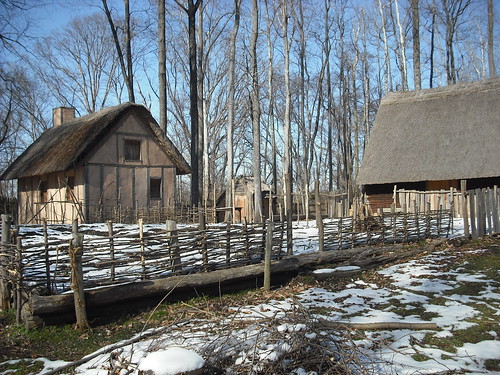Before I do anything else, I have to apologize to everyone for being so slow with posting new things on the Henricus blog. We've been terribly busy with everything on site. I'll give you a brief update of what has been happening...
Happy Spring! (Which is quickly becoming summer...) We've been growing a lot of things on site. Our gardens, under the care of Lindsay, our Agricultural Specialist, as well as the rest of the Henricus Staff, sprouted and grew faster than we knew what to do with what was growing there. The Tobacco Plantation had a full crop of lettuces, spinach, carrots, onions, turnips, and radishes. We're still waiting for our pease to take off, as well as the beans. The Citie Garden, which is located behind the Court de Guard (or the soldier's house) looks equally as terrific.
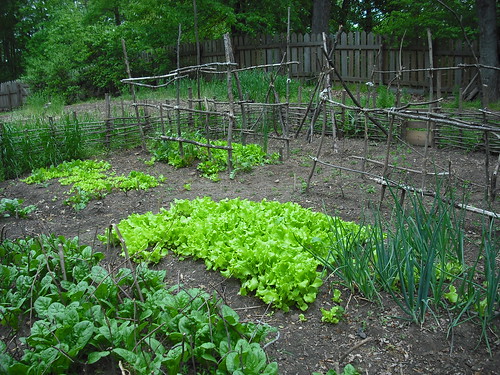
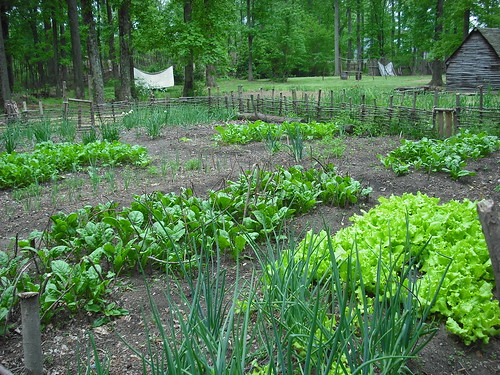 New Animals!
New Animals! We also have a few new additions at the Tobacco Plantation, whom I should introduce. First is Buttercup the pig, who arrived at Henricus back in April. If you subscribe to our Facebook page, then you've already seen her smiling piggy face. She's a Vietnamese Pot-bellied pig that was donated to our site. While the breed isn't exactly period correct for our site, she is interpreting 17th century pig life on the farm.

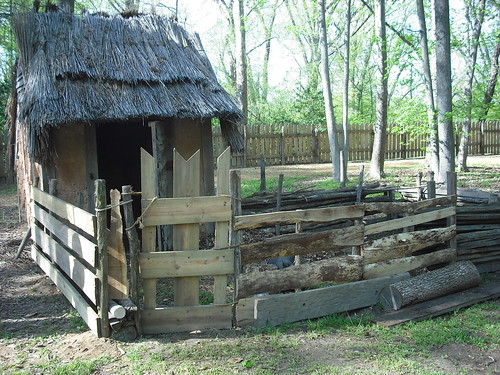
We also received 10 new Dorking chicks from Jamestown. They're still babies, but they're the same size as the Old English Bantams. They also don't really understand the whole "going into the coop at night" thing yet, but we're working with them.
Events-A-Rama! Over the past two months, Henricus Historical Park hosted two events. The first,
Extraordinary Labors, was held back in April. This event featured the trades and crafts of the 17th century.
The last event we hosted was our annual
Musket, Sword, and Pike. It just happened to fall on Memorial Day weekend, which went along well with the military theme of the event. Not only did we have musket demonstrations and cannons firing, courtesy of the Virginia Militia and the
New Amstel Militia, but we also had Powhatan Indian weapons demonstrations, tunes from Tom Rivers on Sunday, and numerous other demonstrations by our dedicated volunteers and staff. I was staked out at the laundry back at Mount Malado, the first colonial hospital, where we were interpreting the roles of women in 1614 Virginia, when Henricus was still under martial law.
We really have been busy! In addition to all of that, we also planted our crops for the summer - tobacco and corn. All of our crops are loving the late spring showers we've been getting at least once a week. There is still a lot of construction going on, including the new fireplace in the Court de Guard and the mantle piece in the Planter's House.
Check back soon!
~ Jenny
Historical Interpreter, Domestic Skills








